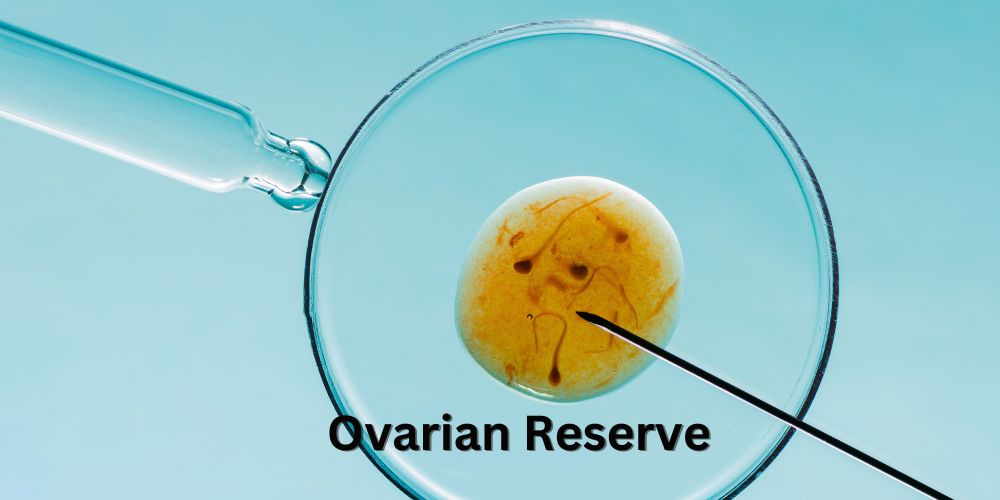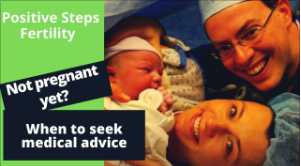When it comes to fertility, one critical factor to consider is ovarian reserve. Ovarian reserve refers to the number and quality of eggs a woman has at any given time. It provides an indication of a woman’s remaining fertility potential. While the concept may seem straightforward, there are several nuances to understand.
What is Ovarian Reserve?
Ovarian reserve is your egg count. That’s the simple answer. Some people have quantity, some have quality, some have both, and some have neither. Evaluating ovarian reserve helps in understanding a woman’s fertility status and planning appropriate fertility treatments.
From birth to menopause, a woman’s ovarian reserve decreases over time. Here is a breakdown of the average number of eggs a woman has at different stages of her life:
- At Birth: A female fetus has about 6 to 7 million eggs (oocytes) in her ovaries by the time she is 20 weeks old. By birth, this number reduces to approximately 1 to 2 million.
- Puberty: By the time a girl reaches puberty, she has about 300,000 to 400,000 eggs remaining.
- Throughout Reproductive Years: During her reproductive years, a woman will ovulate about 300 to 400 eggs. Each menstrual cycle, a cohort of eggs begins to mature, but typically only one egg is released during ovulation.
- Age 30: By age 30, a woman typically has about 12% of her maximum number of eggs remaining.
- Age 40: By age 40, a woman usually has about 3% of her maximum number of eggs left.
- Menopause: At menopause, which typically occurs around age 51, a woman’s ovarian reserve is nearly depleted, with only a few hundred eggs remaining, which are usually not viable for conception.
It’s important to note that these numbers are averages and can vary widely among individuals. Factors such as genetics, lifestyle, and medical conditions can influence a woman’s ovarian reserve. Understanding these numbers can help in making informed decisions about fertility and reproductive health.
How is Ovarian Reserve Measured?
There are several methods to measure ovarian reserve, each with its own advantages and limitations:
- Antral Follicle Count (AFC): A quick way to look at eggs and see how many you have is to do an antral follicle count. The ovary looks like a chocolate chip cookie. You see this circular structure, a bunch of little black spots going around. More chips, better than the cookie; more black spots, more eggs you have, better off you are. Sometimes this can be inaccurate because of inclusion cysts or endometriosis, but most times, it’s a good measure.
- Anti-Müllerian Hormone (AMH) Level: Another common method is measuring the AMH level through a blood test. AMH is produced by the ovarian follicles, and its levels correlate with the number of antral follicles. Higher AMH levels typically indicate a higher number of eggs. This test is advantageous because it can be done at any point in the menstrual cycle.
- Other Methods: Other methods, such as measuring follicle-stimulating hormone (FSH) levels and the Clomiphene Citrate Challenge Test, have been used historically. However, these methods are now considered outdated and less reliable compared to AFC and AMH testing. FSH and the Clomiphene Citrate Challenge test are outdated ways of looking at ovarian reserve.
Factors Affecting Ovarian Reserve
Several factors can influence ovarian reserve, including age, genetics, medical conditions, and lifestyle choices. Age is the most significant factor affecting ovarian reserve. As women age, both the quantity and quality of their eggs decline. This decline accelerates after the age of 35, making it more challenging to conceive naturally. Conditions such as endometriosis and polycystic ovary syndrome (PCOS) can impact ovarian reserve. Additionally, treatments like chemotherapy and radiation can also reduce egg count. Factors such as smoking, excessive alcohol consumption, and poor diet can negatively affect ovarian reserve. Maintaining a healthy lifestyle can help preserve fertility.
The Importance of Ovarian Reserve Testing
Understanding ovarian reserve is crucial for several reasons:
- Fertility Planning: Women who are considering delaying pregnancy can use ovarian reserve testing to make informed decisions about their reproductive timeline. It can help in planning for egg freezing or other fertility preservation methods.
- Fertility Treatment: For those undergoing fertility treatments, knowing the ovarian reserve can guide the choice of treatment protocols. It helps in customizing treatments like in vitro fertilization (IVF) to optimize success rates.
- Managing Expectations: For women experiencing infertility, ovarian reserve testing provides valuable insights into their reproductive potential. It helps in setting realistic expectations and exploring appropriate options.
Ovarian Reserve: Key Insights
While ovarian reserve testing provides valuable information, it’s essential to remember that it offers a ballpark estimate rather than a precise number. Factors such as inclusion cysts and endometriosis can sometimes skew results. The key takeaway is whether the egg count is reasonable for a woman’s age, guiding fertility decisions and interventions.
Ultimately, understanding ovarian reserve is a critical step in managing fertility. By working with a fertility specialist, women can gain a comprehensive understanding of their ovarian reserve and make informed choices about their reproductive health.
Questions? Let’s talk and get you the answers you need.




